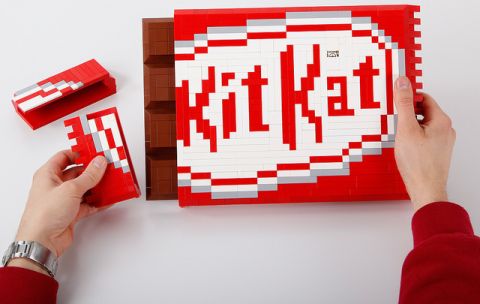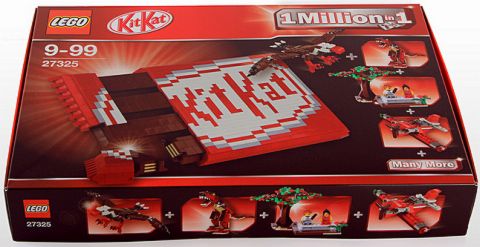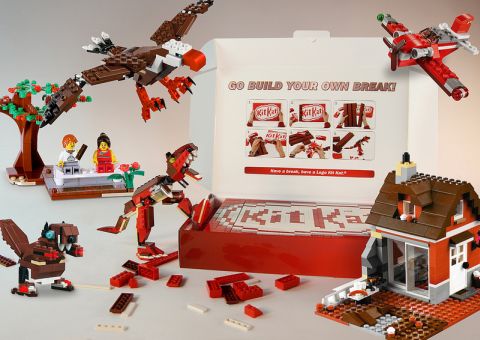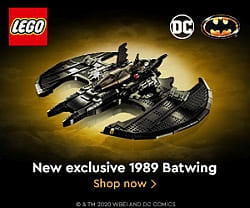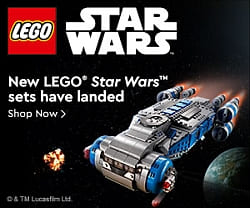There is a really fun and very popular LEGO building challenge that is often part of LEGO conventions, called the LEGO Build-In-The-Bag Competition. The contest involves building a LEGO set inside its original sealed bag, without opening, tearing or otherwise damaging the plastic baggie containing the LEGO elements. Whoever finishes first to successfully build the LEGO set inside the packaging wins (photo by Theis Lutzen). 🙂
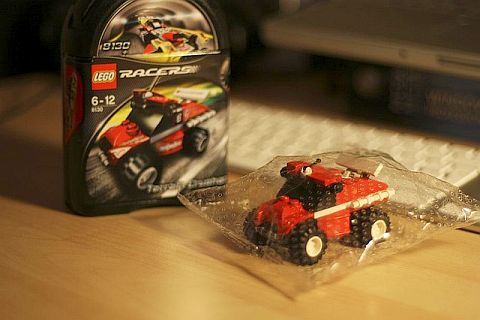
This little pastime of building LEGO sets inside their original bag however doesn’t have to be reserved for LEGO conventions only – you can certainly do it at home with your friends and family. In fact this challenge doesn’t even have to be between people; many LEGO fans just do it by themselves, as it is a great way to challenge yourself and increase your LEGO building skills (see video below).
So what kind of LEGO sets are suitable for the LEGO Build-In-The-Bag challenge? Well, one of the most obvious requirement would be that the bag contains all the elements to build the LEGO model. Usually LEGO fans use small, complete sets for the challenge; like the smallest LEGO Creator and LEGO City sets, where the box or outside packaging contains just one clear baggie inside with all the parts included. The recently released LEGO Mixels sets are also excellent for this purpose (photo by Tony Sava).

Another requirement would be to make sure that the finished model would still fit inside the original packaging. With some of the sets although the loose LEGO elements all fit fine in the original baggie, once assembled the final model is too wide or too tall to fit inside the bag. So that’s something to keep in mind when you start building. You should be able to judge if the set is suitable for inside the bag building by looking at the size of the packaging and the picture of the LEGO set. If it seems like there is enough room to maneuver the pieces around and also fit the final model, give it a try! Below are some LEGO sets you might consider, available at the Online LEGO Shop.

As your skills of building inside a sealed LEGO bag increases, you can give yourself an even more difficult challenge. Instead of building inside clear baggies included in sets (like the ones mentioned above), you can attempt to build sets in sealed LEGO polybags. These are the small sets available at LEGO retailers, often as promotional or seasonal items, where the parts come in a printed baggie instead of a clear one – so your ability to see the parts as you are putting the set together is greatly limited by the printed design (photo by jamesuniverse).
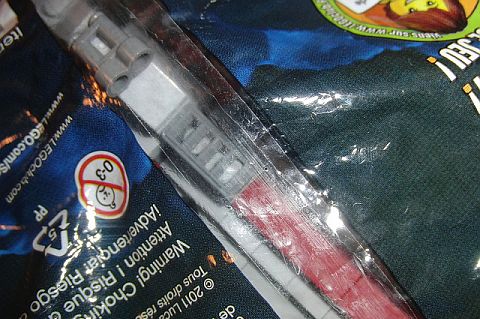
Many LEGO fans collect polybag sets. The problem is that once you open the polybag the packaging is forever damaged as they are not as sturdy or resealable as boxes, or those bags with ziplocks on top (like what LEGO Hero Factory sets come in). So LEGO polybag collectors often resort to just collecting polybag sets and never opening and building them. But where is the fun in that? Now that you know that you can build LEGO sets inside the bag, there is nothing to stop you from getting the best of both worlds; have the chance to build the set, and at the same time keep the polybag intact. 🙄

If you would like to see more pictures of what other people are building inside LEGO bags, check out the LEGO Build-In-The-Bag Flickr Group where people share their LEGO sets built inside the packaging.
So what do you think? Are you up for the LEGO Build-In-The-Bag challenge? Have you ever tried it? Were you able to finish the model inside the bag? How about LEGO polybags? Did you ever try to build those without opening the packaging? How long did it take you? Feel free to share your own experiences and tips in the comment section below! 😉
And you might also like to check out the following related posts:

